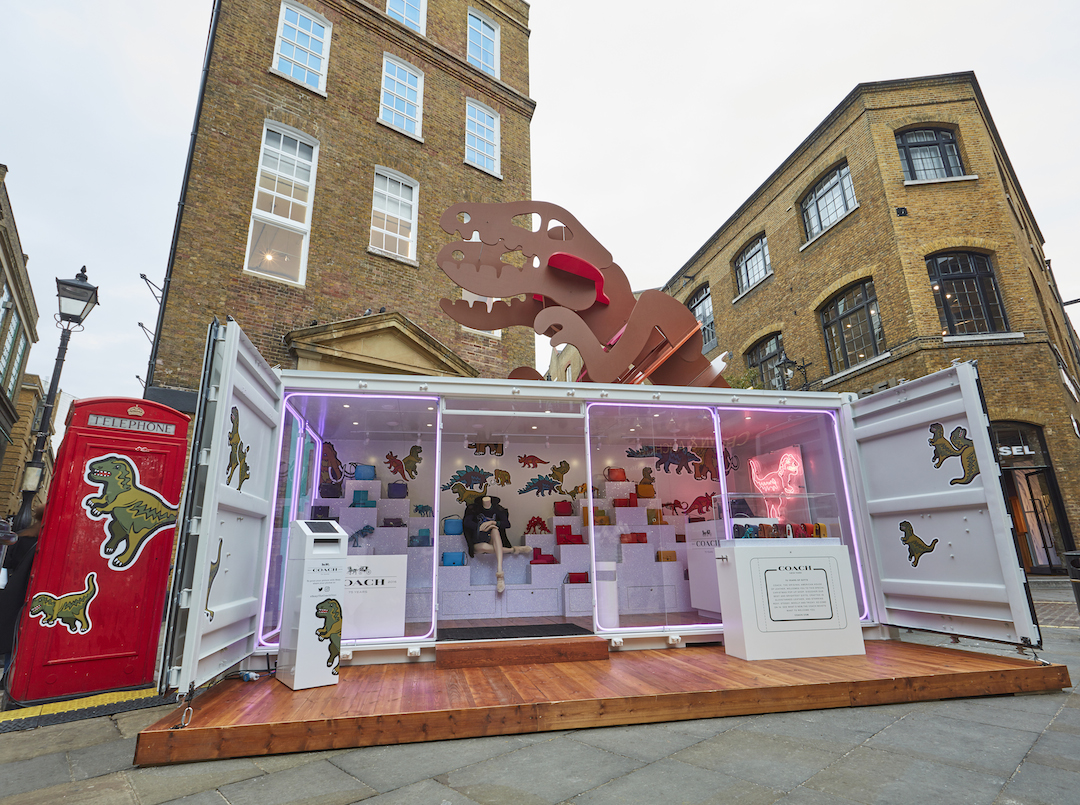The race is on for retailers to provide the most unique experience to their customers through innovative products, tailored experiences, and custom store layouts designed to intrigue every customer. Pop-up shops not only provide an experience to the customer but they encourage urgency through limited edition products and the fact that they aren’t a traditional store that will be around forever. As quoted in WWD, “Limited-edition collections and the evanescent nature of the format communicate a sense of urgency to consumers: buy now – or risk everything selling out.


Not only do pop-ups build the level of interactions with customers, they are increasing sales across the board. “The reason we’re seeing more pop-ups is because that’s what the consumer is demanding,” said Yashar Nejati, cofounder and chief executive officer of Thisopenspace, which connects entrepreneurs with short-term retail space. “They’re really shopping at these temporary stores. We grew 300 percent year-over-year in New York in 2017. I don’t see that slowing down.”


Pop-up shops are not just an extra way to engage consumers, they are imperative to the success of a brand. “According to Storefront pop-up stores are expected to generate $80 billion on an annual basis” (Humayum). These numbers will only continue to grow as retailers continue to come up with fresh, innovative ideas for pop-up shops.

And while any brand or retailer could engage customers through a pop-up location, there are certain statistics that show what consumers want at these locations. “A PopUp Republic poll found 61% of shoppers list seasonal products as the main reason to shop at a pop-up store. The poll also found consumers are drawn to pop-ups because they offer unique services/products (39%), localized assortments (36%), convenience (33%) and a fun experience (30%)” (Steimer, American Marketing Association).


Customers want to know that the products they are shopping are limited and unique to them and this location. They don’t want products they could go buy in a regular brick-and-mortar location so retailers have to be careful to provide specialization to encourage urgency. Another benefit of opening a pop-up shop is the low costs associated with it. “Launching one is 80% less expensive compared to opening up a traditional brick-and-mortar location according to StoreFront.”

There are many ways to launch a successful pop-up shop and they are not limited to clothing retailers. Beauty brands such as Kylie Jenner cosmetics had a very profitable pop-up shop. Even companies like Tesla can benefit from hosting a temporary location.


As consumers continue to evolve, retailers must also change to meet their demands. Pop-up shops encourage urgency while delivering a custom experience that consumers cannot get anywhere else.


